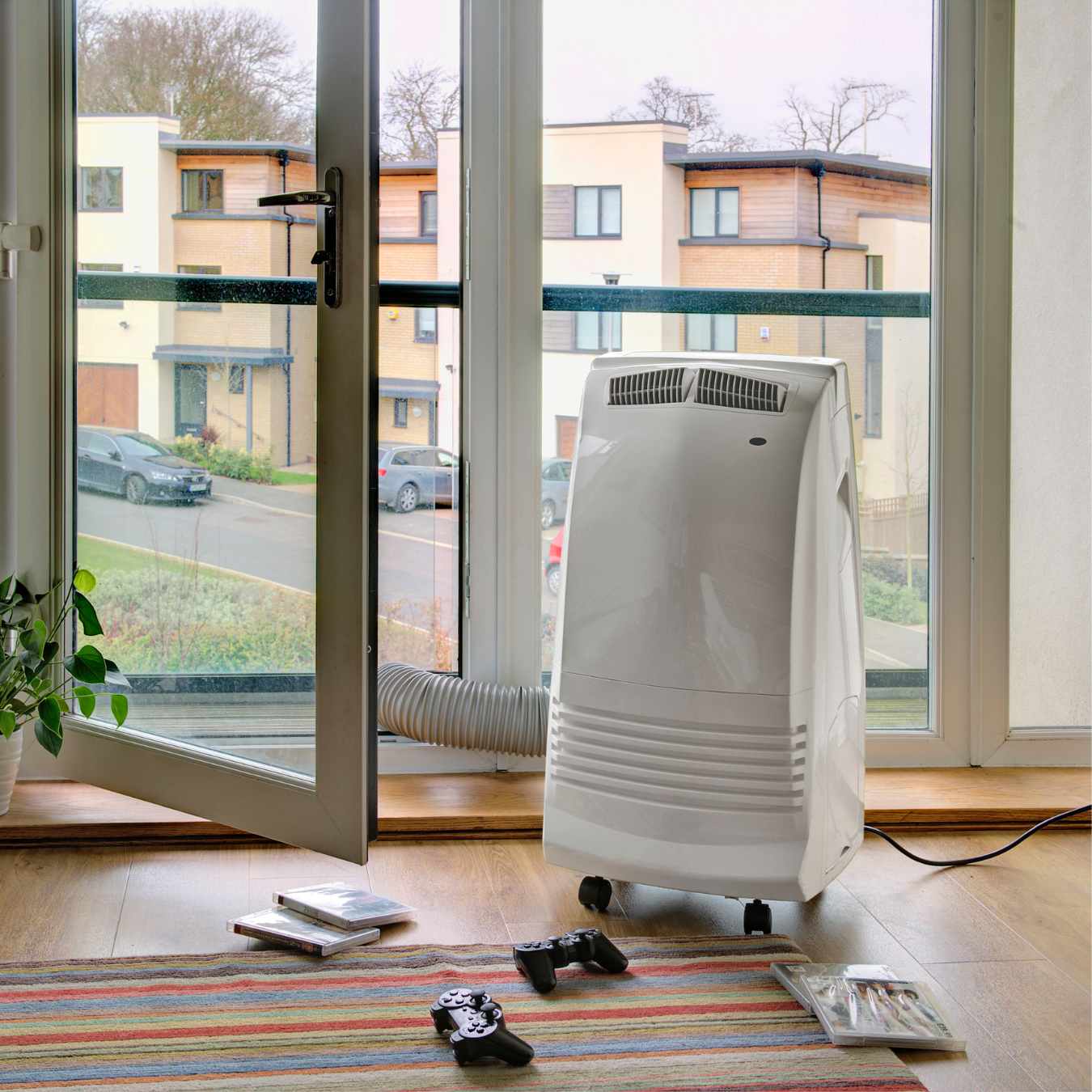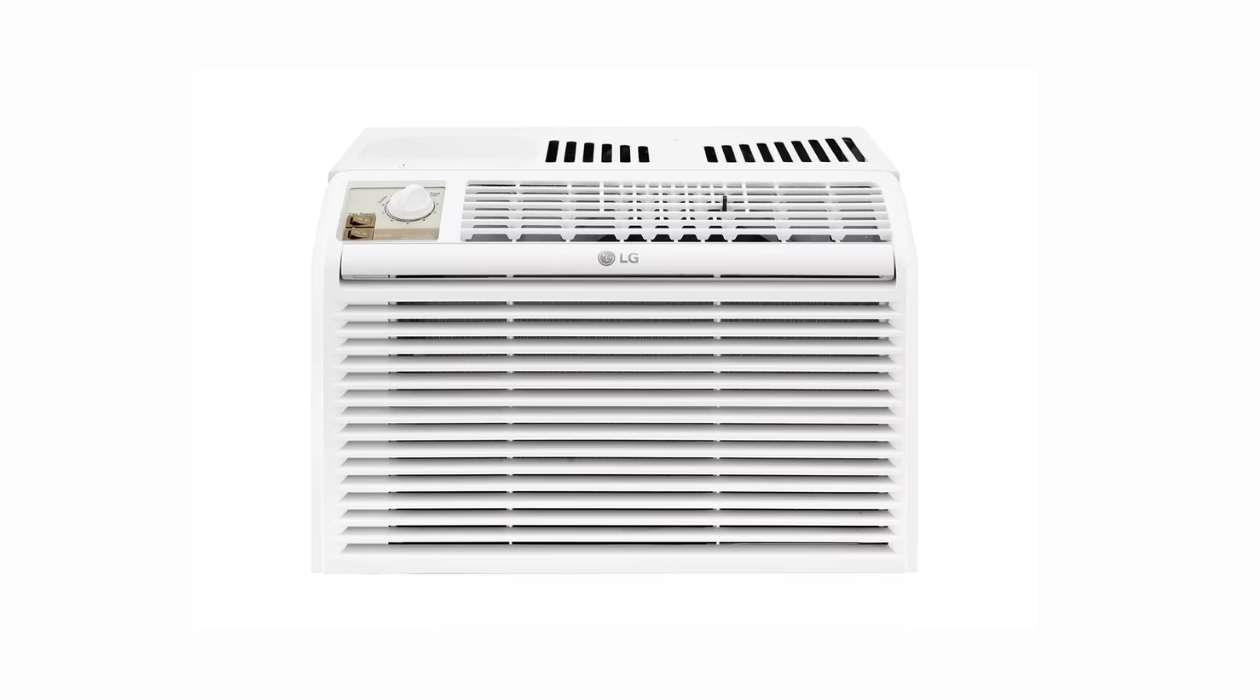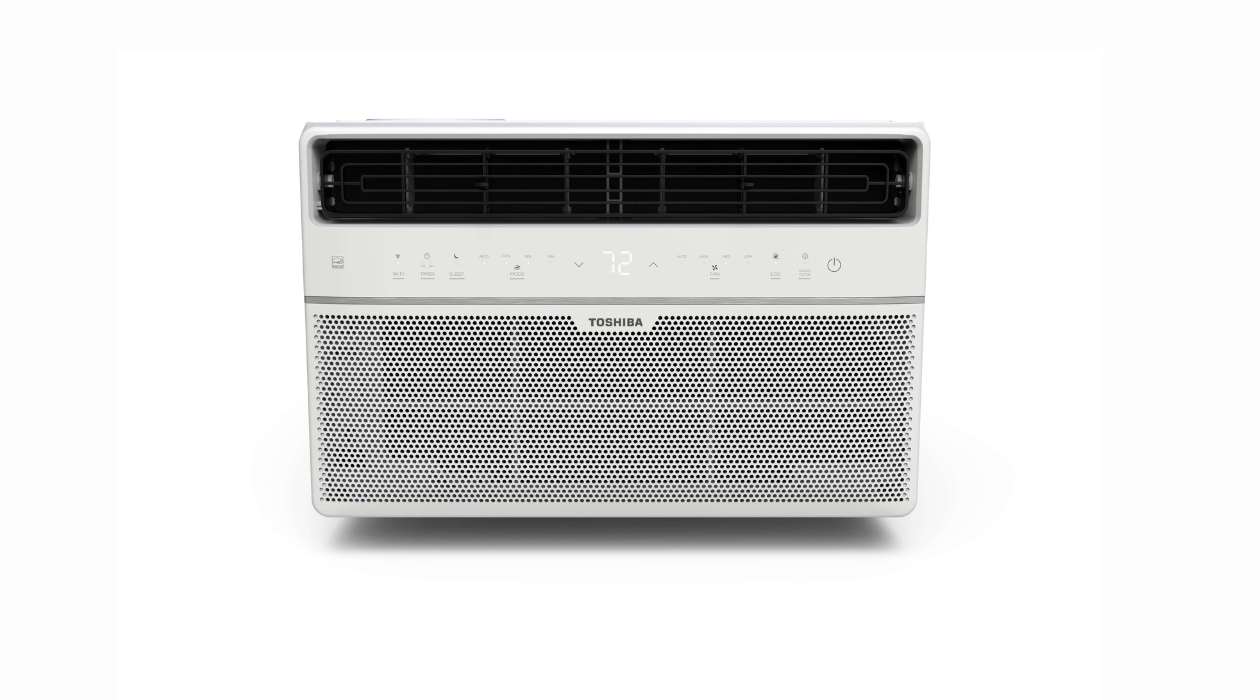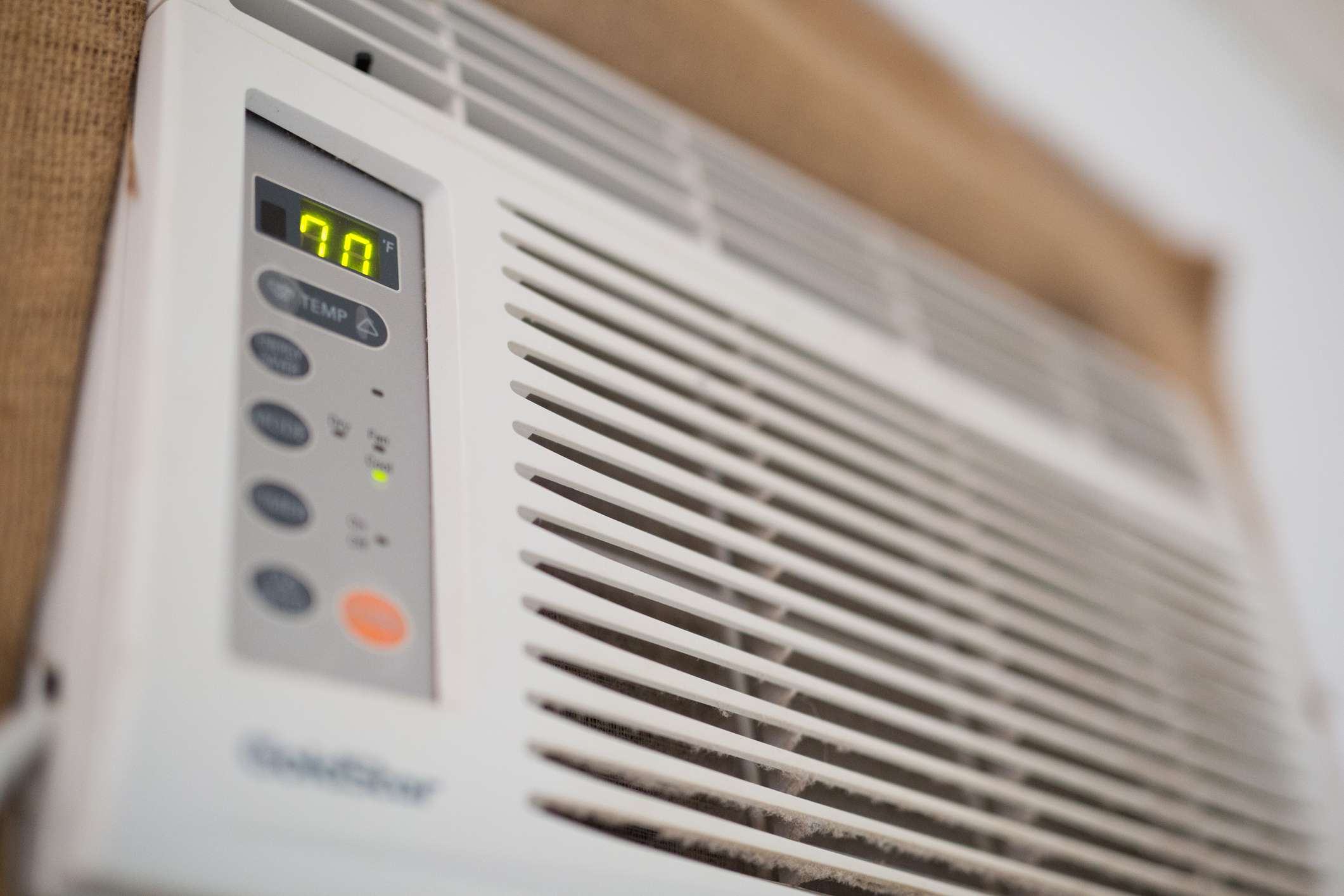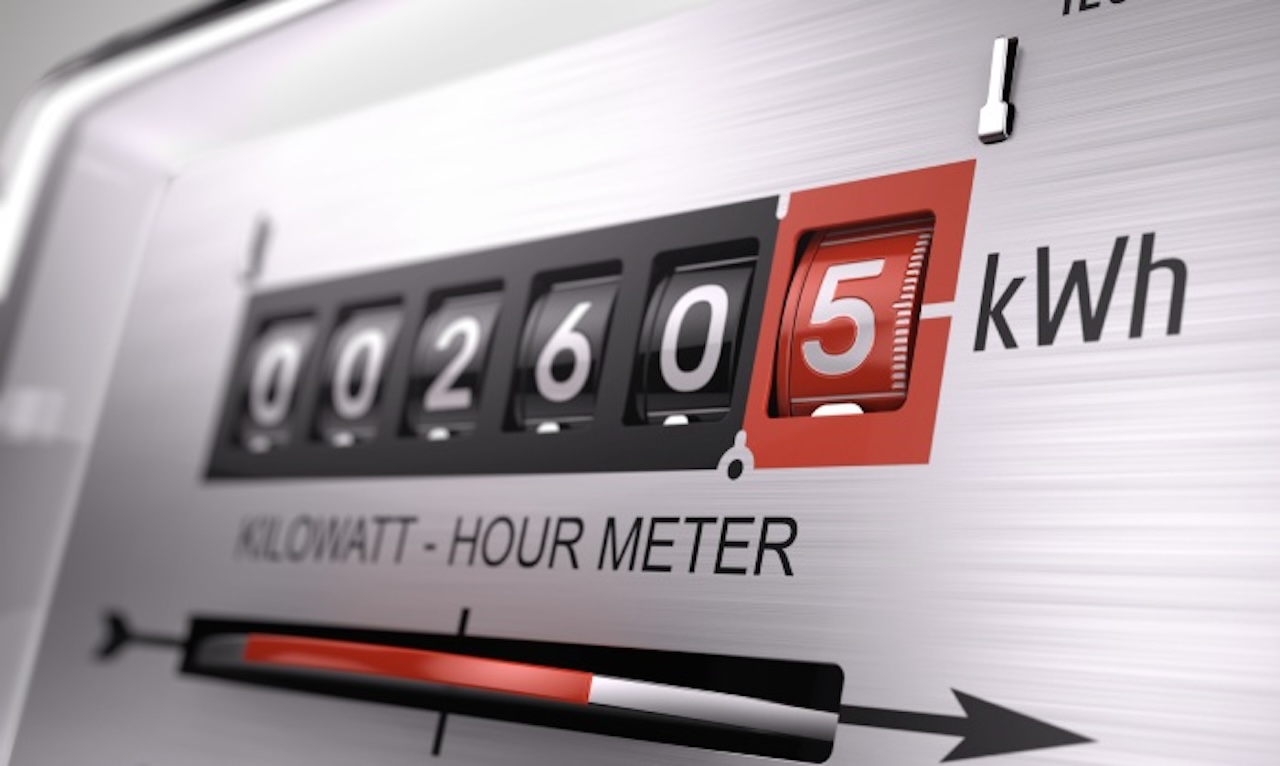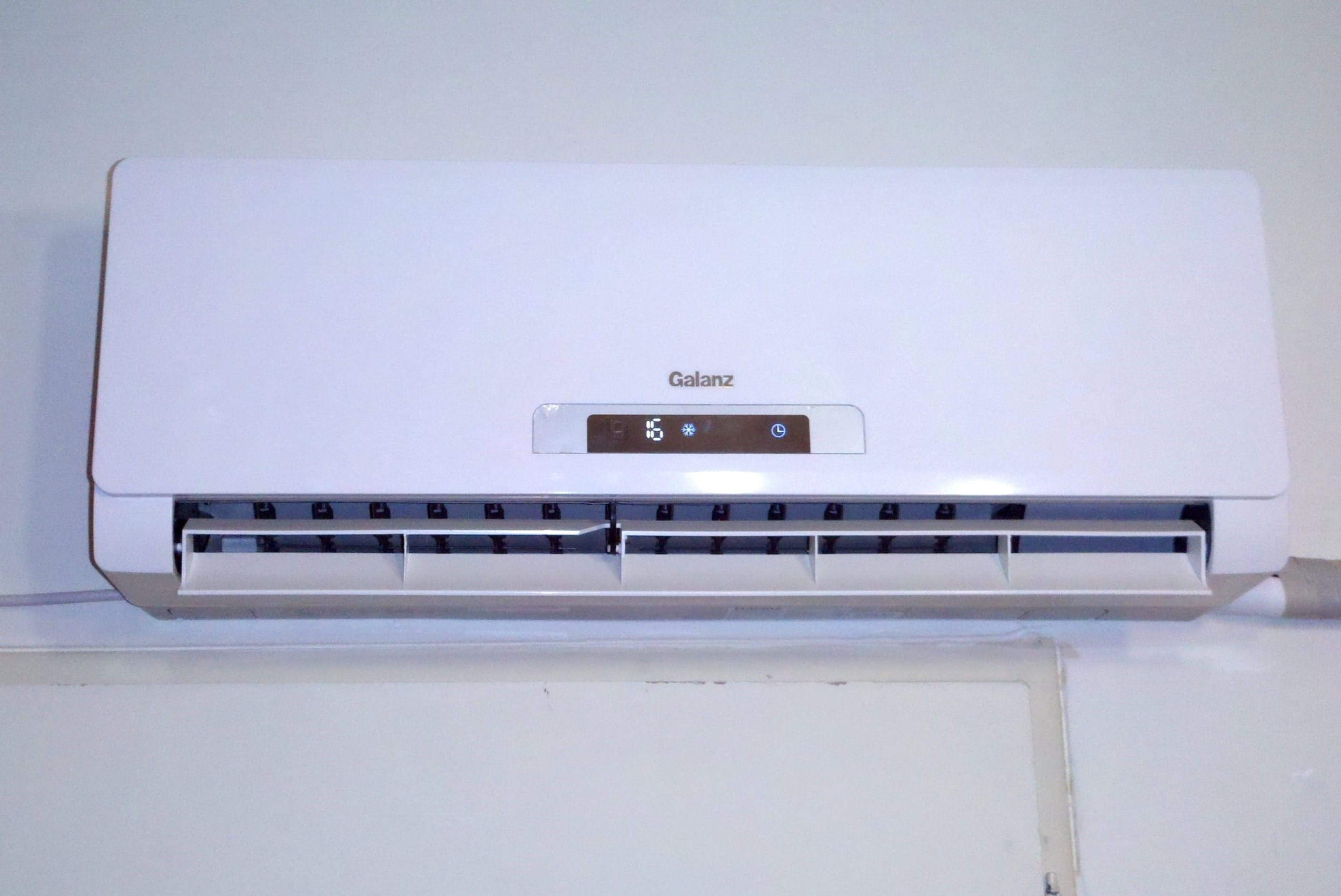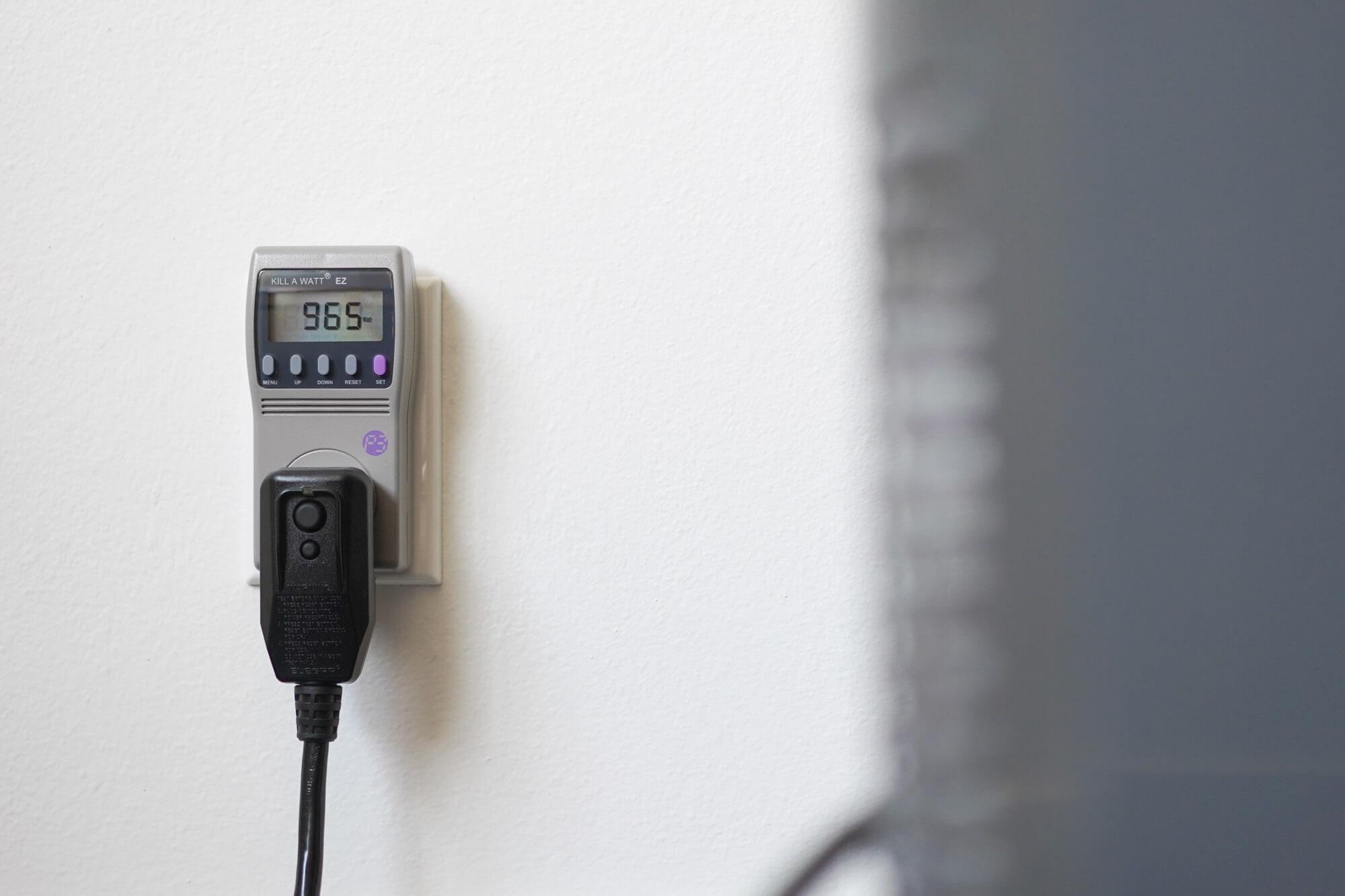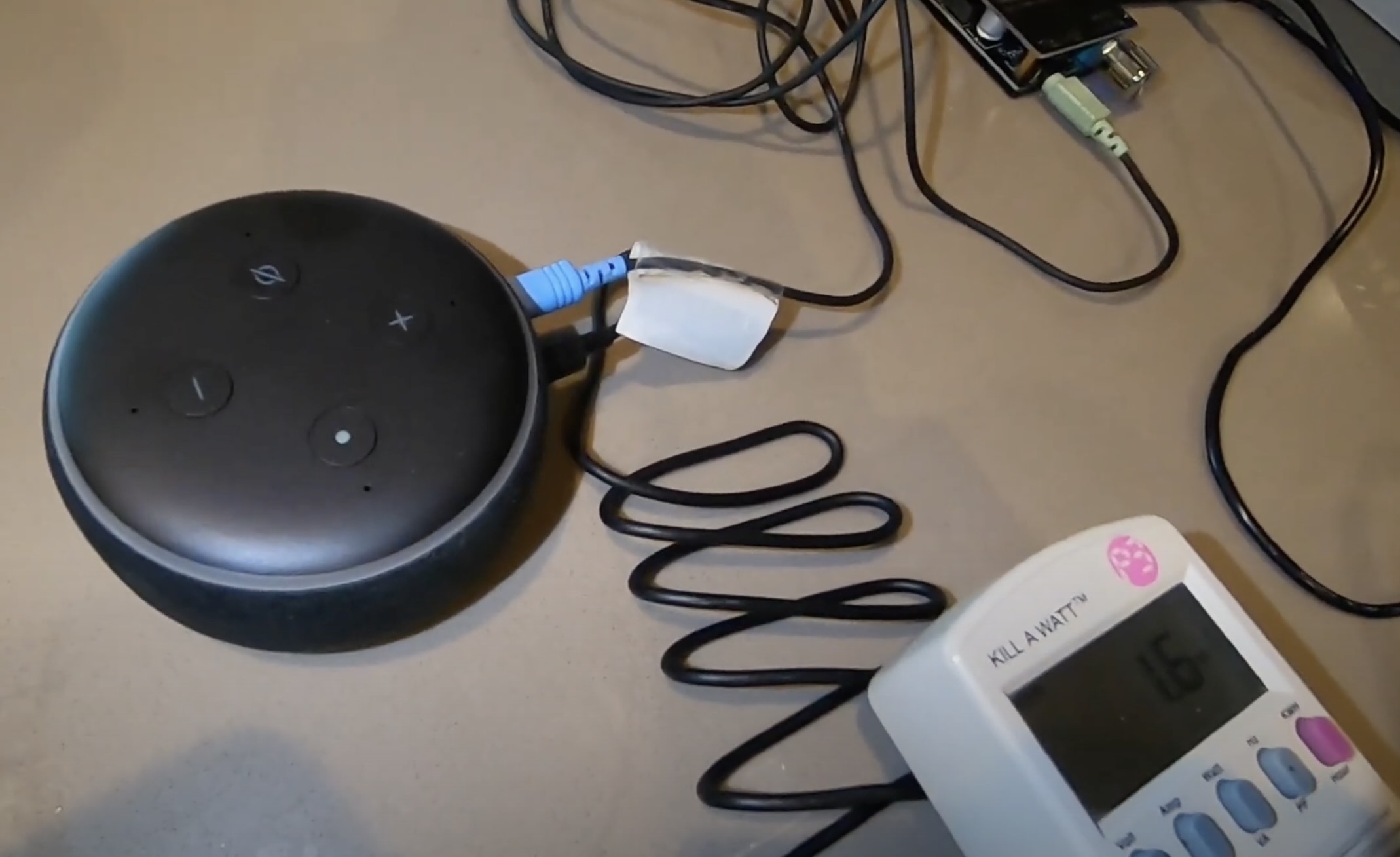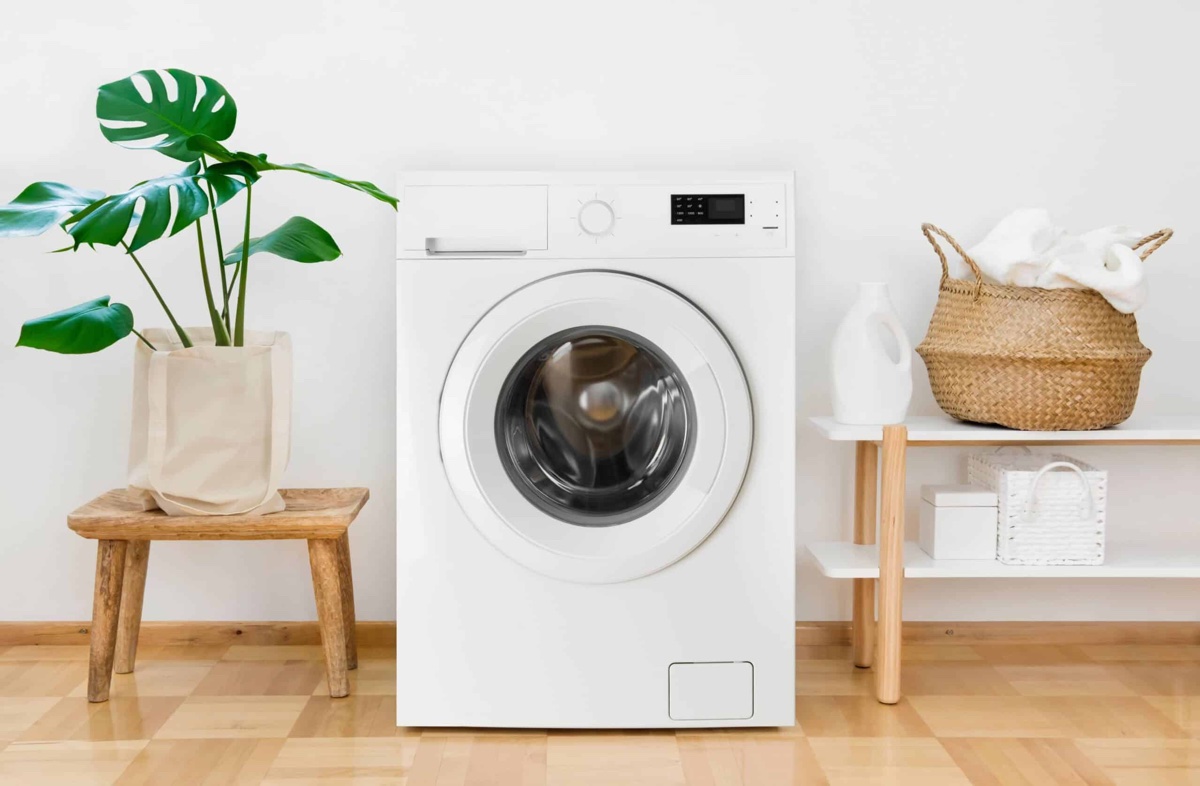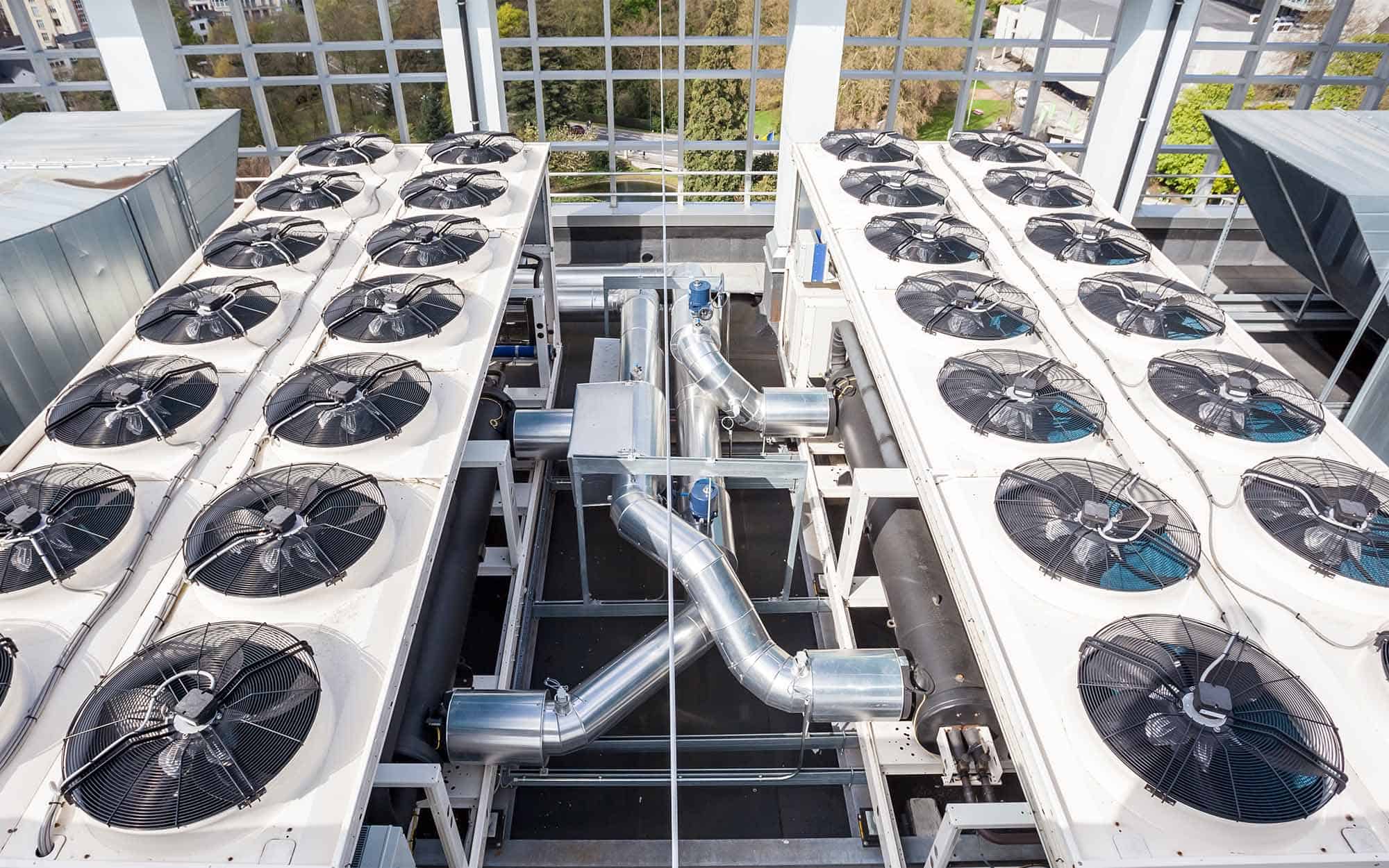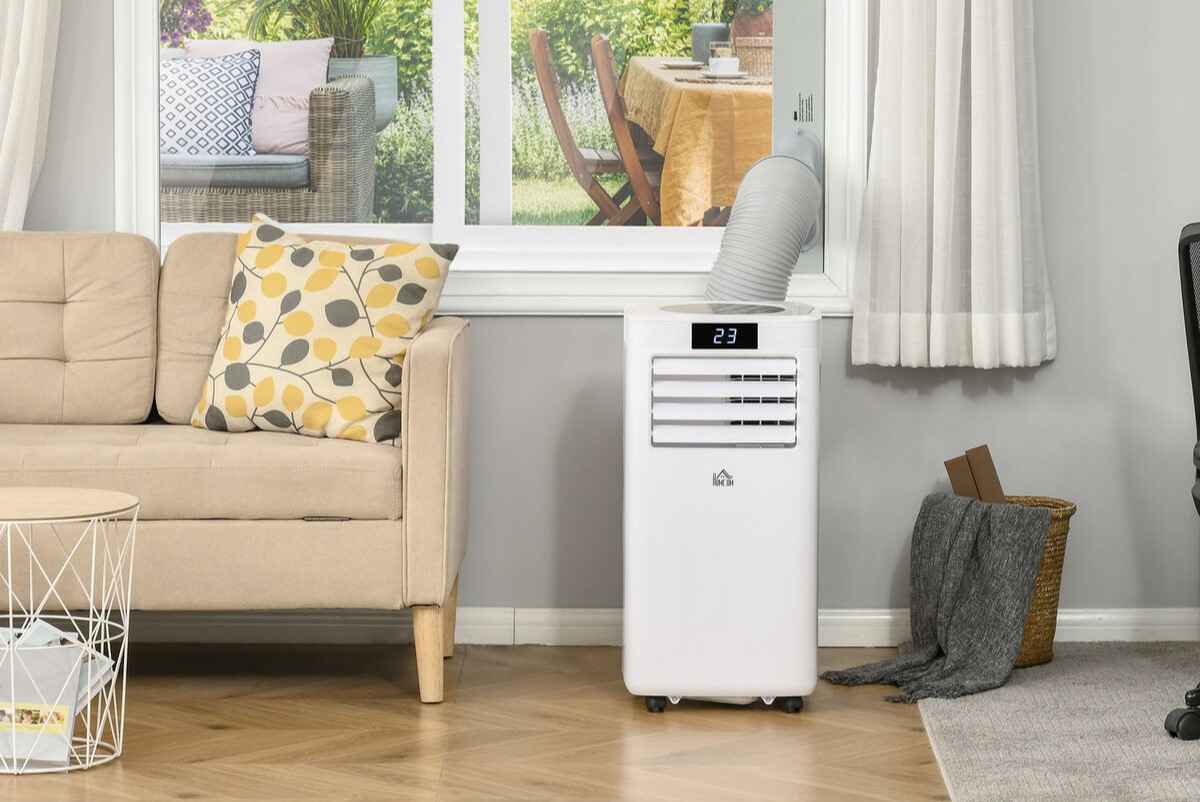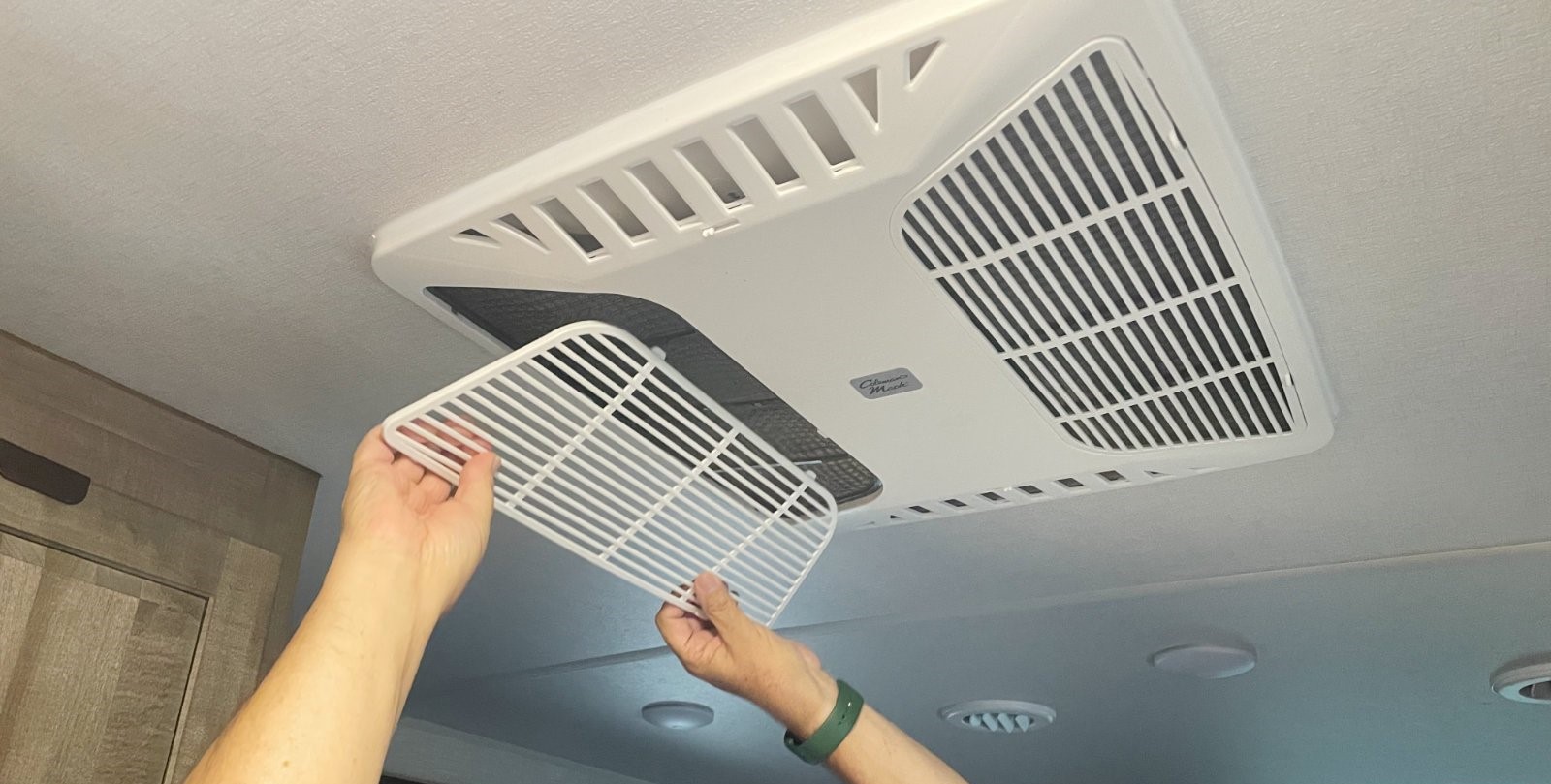Home>Home Maintenance>How Many Amps Does An Air Conditioner Use
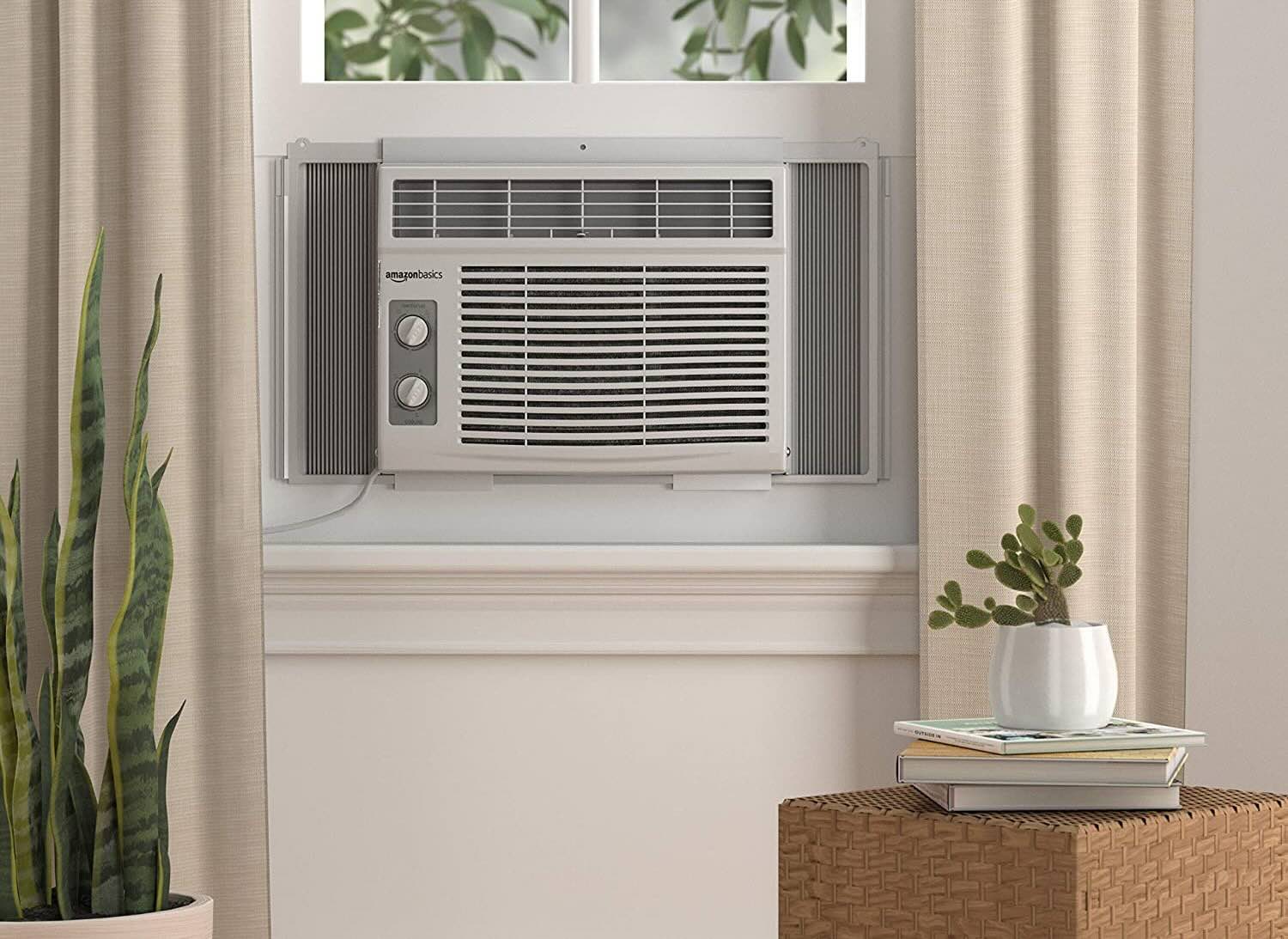

Home Maintenance
How Many Amps Does An Air Conditioner Use
Modified: March 6, 2024
Discover how many amps an air conditioner uses in this comprehensive guide. Ensure your home's maintenance is up to date with expert advice on managing electricity consumption.
(Many of the links in this article redirect to a specific reviewed product. Your purchase of these products through affiliate links helps to generate commission for Storables.com, at no extra cost. Learn more)
Introduction
Welcome to our comprehensive guide on understanding the electrical usage of air conditioners and how many amps they consume. As the summer heat approaches, homeowners often rely on air conditioning systems to keep their homes cool and comfortable. However, it’s essential to understand the electrical demands of these cooling devices to ensure optimal performance and avoid overloading the electrical system.
An air conditioner’s electrical usage is measured in amps, which refers to the amount of current flowing through the device. Knowing the amps your air conditioner uses can help you determine its energy consumption and estimate utility costs. It also comes in handy when making electrical upgrades or assessing the load capacity of your home’s electrical circuit.
Throughout this article, we will delve into the factors that affect amp usage in air conditioners and provide you with average amp values for different types of AC units. We will also share valuable tips for reducing amp usage, ensuring energy efficiency, and saving on electricity bills.
Whether you are a homeowner or a renter, understanding the electrical demands of your air conditioner is crucial for optimal cooling and electrical safety. So, let’s get started and explore the fascinating world of air conditioner amp usage!
Key Takeaways:
- Keep your home cool without overloading your electrical system by understanding how many amps your air conditioner uses. This knowledge helps you make informed decisions and estimate utility costs.
- Implement energy-saving tips to reduce amp usage and improve efficiency, such as setting the temperature wisely, using ceiling fans, and maintaining proper insulation. These small changes can lead to significant energy savings.
Read more: How Many Amps Does An RV Air Conditioner Use
Understanding Air Conditioners
Before we delve into the electrical usage of air conditioners, it’s important to have a basic understanding of how these cooling devices work. Air conditioners work by removing heat and humidity from an enclosed space to create a comfortable indoor environment.
The two most common types of air conditioners are window units and central AC systems. Window units are self-contained and are typically installed in a window or a hole in an exterior wall, while central AC systems consist of an outdoor unit and ductwork that distributes cool air throughout the building.
Regardless of the type, air conditioners use a refrigeration cycle to cool the air. The cycle involves the evaporation and condensation of a refrigerant, which absorbs heat from the indoor air and releases it outside. This continuous process results in the lowering of the indoor temperature.
Modern air conditioners come with various features and settings to enhance comfort and energy efficiency. Some models have programmable thermostats, allowing you to set specific temperatures for different times of the day. Others have energy-saving modes, which adjust the cooling output to reduce energy consumption.
Understanding the components and functionality of air conditioners will give you a better grasp of their electrical requirements and the factors that influence their amp usage. With this knowledge, you can make informed decisions about the electrical capacity needed to power your air conditioner.
Now that you have a basic understanding of air conditioners, let’s move on to the topic of amps and how they relate to the electrical usage of these cooling devices.
Amps and Electrical Usage
When it comes to measuring the electrical usage of appliances, including air conditioners, amps play a significant role. Amps, short for amperes, are a unit of electrical current. They measure the rate at which electric charge flows through a circuit.
An air conditioner’s amp usage indicates how much current it draws from the electrical supply. It gives you an idea of the device’s power consumption and helps determine the appropriate electrical wiring and circuit breaker size to support its operation.
Amps are directly influenced by the voltage of the electrical system. In the United States, the standard voltage is 120 volts for residential homes. However, air conditioners typically require higher voltage to function properly. Most air conditioners operate at 240 volts, which allows for greater power output and more efficient cooling.
It’s important to note that the amp rating of an air conditioner may vary depending on different factors, such as the cooling capacity, brand, model, and energy efficiency rating. Higher-capacity air conditioners generally require more amps to operate, while energy-efficient models tend to have lower amp ratings.
Knowing the amp rating of your air conditioner is crucial for understanding its electrical demands and ensuring the electrical system can handle the load. If the amp rating is too high for the existing electrical circuit, it could lead to tripped circuit breakers, overheating, or even electrical fires.
To determine the amp usage of your air conditioner, you can refer to the manufacturer’s specifications or the label on the device. This information is typically found on the back or side of the air conditioner. If you can’t locate the amp rating, you may need to consult the manufacturer’s manual or contact their customer support for assistance.
Now that we’ve covered the basics of amps and their relation to electrical usage, let’s explore the various factors that can affect the amp usage of air conditioners.
Factors Affecting Amp Usage
The amp usage of an air conditioner is influenced by several factors that can vary from one unit to another. Understanding these factors can help you assess the electrical demands of your specific air conditioning system and make informed decisions about its installation and operation. Here are some key factors that affect amp usage:
- Cooling capacity: The cooling capacity of an air conditioner is measured in British Thermal Units (BTUs). Generally, air conditioners with higher cooling capacities require more amps to provide adequate cooling. Therefore, larger units designed for cooling bigger spaces typically have higher amp ratings.
- EER or SEER ratings: EER (Energy Efficiency Ratio) and SEER (Seasonal Energy Efficiency Ratio) are indicators of an air conditioner’s energy efficiency. Higher EER or SEER ratings signify greater efficiency, meaning the air conditioner can provide the same cooling effect while consuming fewer amps. Energy-efficient models tend to have lower amp usage.
- Temperature settings: The temperature at which you set your air conditioner can affect its amp usage. Lowering the temperature will require the unit to work harder and consume more amps to achieve and maintain the desired temperature.
- Operating modes: Many air conditioners come with different operating modes, such as cool, fan, and energy-saving modes. The amp usage may vary depending on the selected mode. For example, the energy-saving mode may reduce amp usage by adjusting the cooling output to conserve energy.
- Insulation and sealing: The insulation and sealing of your home can impact the amp usage of your air conditioner. Well-insulated and properly sealed spaces help retain cool air, reducing the workload on the air conditioner and potentially reducing its amp usage.
- Climate and outdoor temperature: The temperature and climate in which you reside can affect your air conditioner’s amp usage. In hotter climates, air conditioners may need to run for longer durations, leading to higher amp usage.
- Air conditioner age and maintenance: Older air conditioning units may have higher amp usage due to less efficient technology. Regular maintenance, including cleaning or replacing air filters, coils, and condenser units, can help improve efficiency and reduce amp consumption.
These factors can interact with one another, further influencing the amp usage of an air conditioner. It’s essential to consider these factors when choosing an air conditioning system and ensuring that your electrical system can accommodate its amp requirements.
Next, we will provide average amp values for different types of air conditioners to give you a better understanding of typical amp usage for each type.
An air conditioner typically uses between 15-45 amps, depending on its size and efficiency. Check the unit’s label or manual for the exact amperage.
Average Amps for Different Air Conditioner Types
Understanding the average amp values for different types of air conditioners can help you estimate their electrical demands and ensure compatibility with your home’s electrical system. While actual amp ratings may vary between models and brands, here are some general guidelines for average amp usage:
- Window Air Conditioner: Window air conditioners are typically used to cool a single room or small space. On average, a window unit with a cooling capacity of 5,000 to 12,000 BTUs will consume around 5 to 15 amps of electricity.
- Through-the-Wall Air Conditioner: Through-the-wall air conditioners, similar to window units, are installed in an exterior wall. These units typically have higher cooling capacities compared to window units. On average, a through-the-wall air conditioner with a cooling capacity of 10,000 to 18,000 BTUs will consume around 8 to 20 amps of electricity.
- Portable Air Conditioner: Portable air conditioners offer the flexibility of being easily moved from room to room. These units are self-contained and vent hot air through an exhaust hose. On average, a portable air conditioner with a cooling capacity of 8,000 to 14,000 BTUs will consume around 6 to 15 amps of electricity.
- Central Air Conditioner: Central air conditioning systems are designed to cool the entire house or building. These systems consist of an outdoor unit and ductwork that distributes cool air throughout the space. On average, a central air conditioner with a cooling capacity of 24,000 to 60,000 BTUs will consume around 30 to 60 amps of electricity.
Keep in mind that these are average amp values, and the actual amp usage may vary depending on specific factors, such as the cooling capacity, energy efficiency rating, and operating conditions of the air conditioner. It’s always recommended to refer to the manufacturer’s specifications for accurate information regarding the amp usage of a particular model.
Now that we have discussed average amp values, let’s move on to some tips on how to reduce amp usage and improve energy efficiency in your air conditioning system.
Tips for Reducing Amp Usage
To ensure energy efficiency and reduce amp usage in your air conditioning system, consider implementing the following tips:
- Set the temperature wisely: Avoid setting the thermostat lower than necessary. Each degree increase can result in significant energy savings. Aim for a comfortable temperature rather than an excessively cool one.
- Utilize programmable thermostats: Take advantage of programmable thermostats to automatically adjust the temperature based on your schedule. Raise the temperature when you’re away from home and lower it before you return.
- Maintain proper insulation: Ensure your home is well-insulated to reduce the transfer of heat from the outside. Insulating walls, attics, and windows can help keep cool air in and hot air out, reducing the workload on your air conditioner.
- Use ceiling fans: Ceiling fans can help circulate the cool air and create a breeze, allowing you to raise the thermostat temperature while still feeling comfortable. This can significantly reduce your air conditioner’s amp usage.
- Regularly clean and maintain your air conditioner: Keep your air conditioner clean and well-maintained to ensure optimal performance. Clean or replace air filters regularly, clean the coils, and remove any debris around the outdoor unit. A well-maintained air conditioner operates more efficiently, reducing amp usage.
- Consider shading your outdoor unit: If possible, provide shade for your outdoor unit to prevent direct exposure to sunlight. This can help keep the unit cooler and reduce the amount of work it needs to do to cool the air.
- Seal air leaks: Inspect your home for air leaks around windows, doors, and ductwork. Sealing these leaks can prevent cool air from escaping and hot air from entering, making your air conditioner more efficient and reducing amp usage.
- Use curtains or blinds: Close curtains or blinds during the hottest parts of the day to block out sunlight and reduce heat gain inside your home. This can reduce the need for your air conditioner to work harder, resulting in lower amp usage.
Implementing these tips can improve the energy efficiency of your air conditioning system, reduce amp usage, and ultimately save on electricity bills. Remember, even small changes can make a significant impact over time.
Now, let’s wrap up our comprehensive guide on air conditioner amp usage.
Conclusion
Understanding the amp usage of your air conditioner is essential for ensuring optimal performance, electrical safety, and energy efficiency. By knowing how many amps your air conditioner consumes, you can make informed decisions about its installation, electrical requirements, and estimated utility costs.
Throughout this guide, we explored the basics of amps and electrical usage in air conditioners. We discussed the factors that affect amp usage, such as cooling capacity, energy efficiency ratings, temperature settings, and operating modes. Additionally, we provided average amp values for different types of air conditioners, including window units, through-the-wall units, portable units, and central air conditioning systems.
To help reduce amp usage and improve energy efficiency, we shared practical tips, such as setting the temperature wisely, utilizing programmable thermostats, maintaining proper insulation, using ceiling fans, and regularly cleaning and maintaining your air conditioner. These strategies can have a positive impact on amp consumption and contribute to energy savings.
Remember, while these guidelines offer a general understanding of amp usage, it is important to refer to the specific manufacturer’s specifications for accurate amp ratings for your air conditioner model.
By implementing energy-efficient practices and being mindful of amp usage, you can not only enjoy a comfortable indoor environment but also contribute to a greener and more sustainable future. Make smart choices when it comes to your air conditioning system, and you’ll reap the benefits of energy savings and reduced environmental impact.
We hope this comprehensive guide has provided you with valuable insights into understanding and managing the amp usage of air conditioners. Stay cool, stay informed, and take control of the electrical demands of your cooling system!
Frequently Asked Questions about How Many Amps Does An Air Conditioner Use
Was this page helpful?
At Storables.com, we guarantee accurate and reliable information. Our content, validated by Expert Board Contributors, is crafted following stringent Editorial Policies. We're committed to providing you with well-researched, expert-backed insights for all your informational needs.
